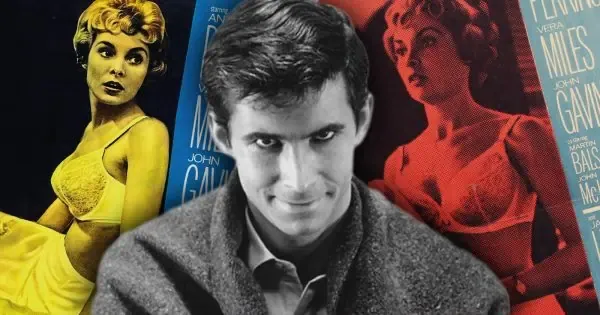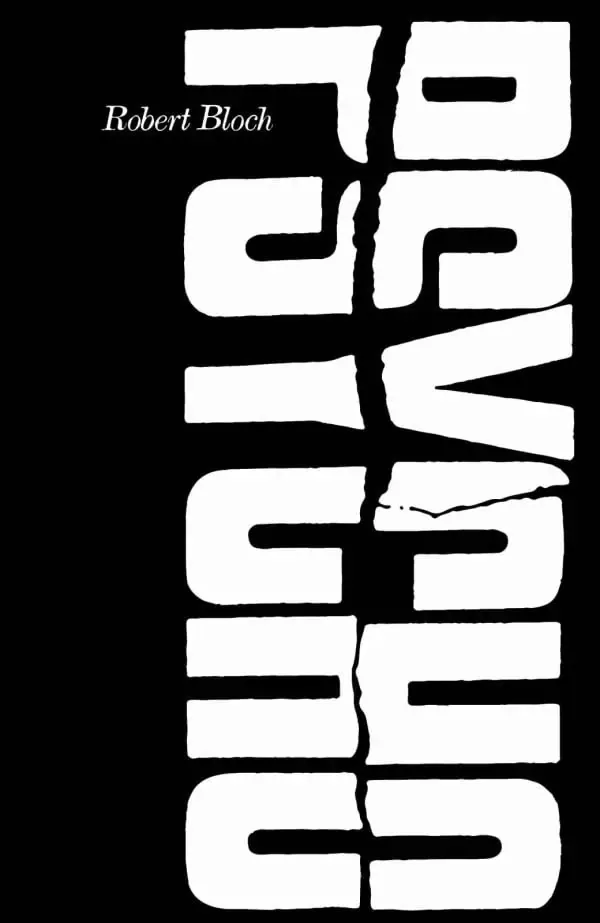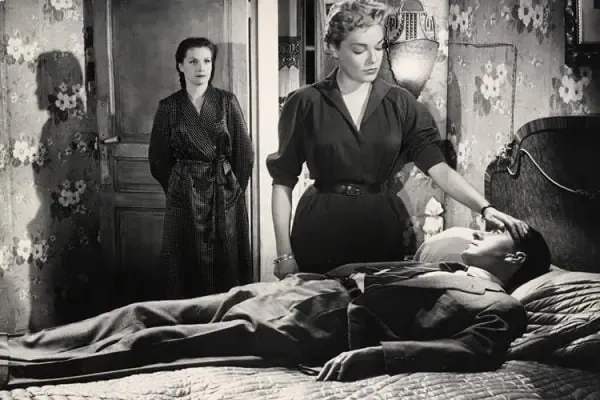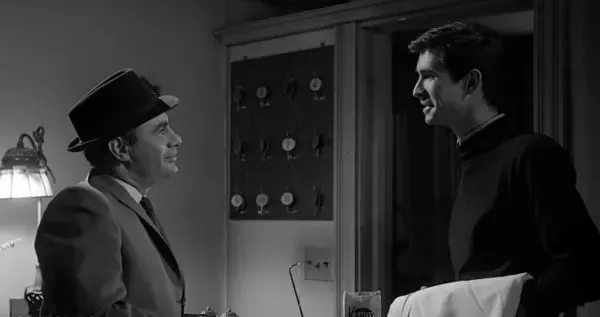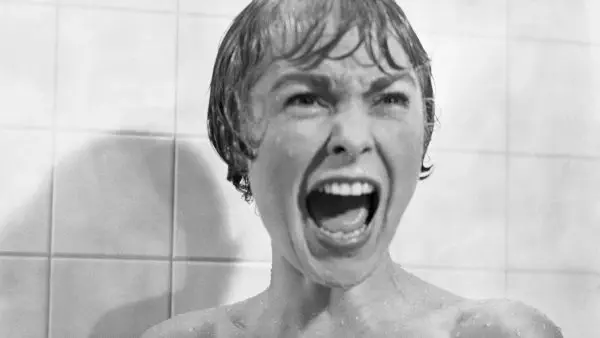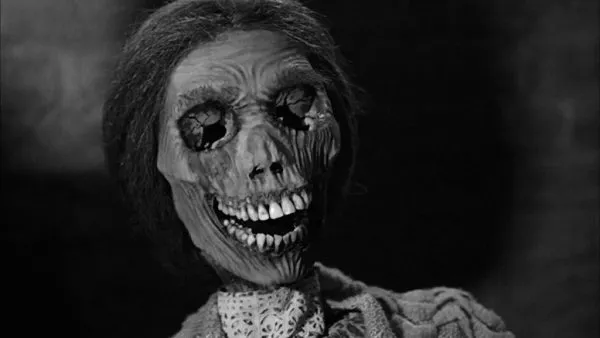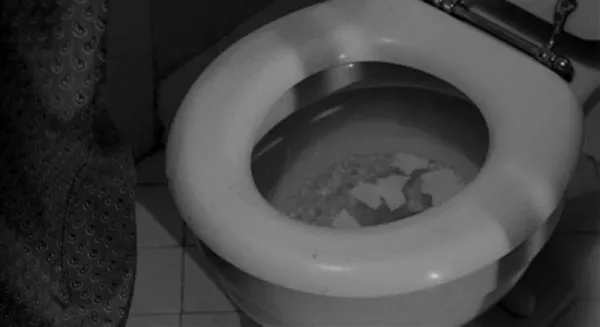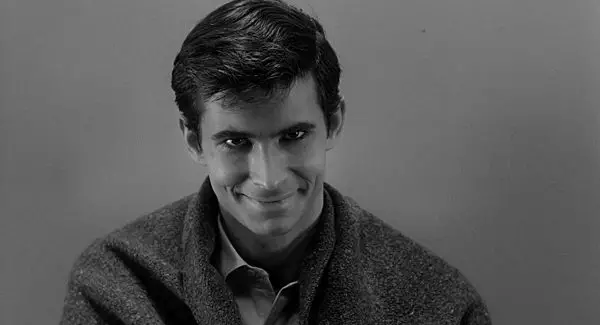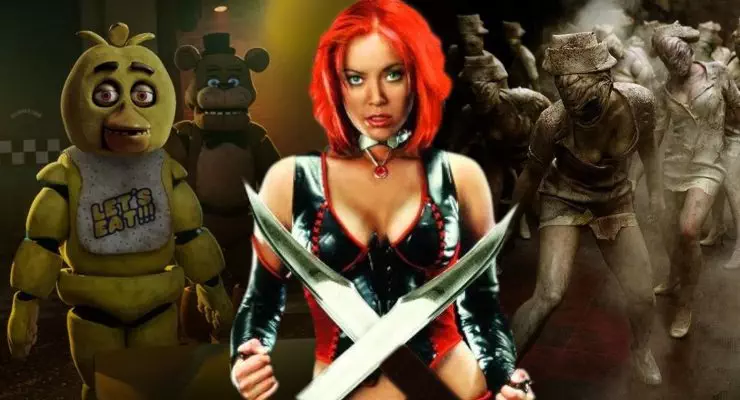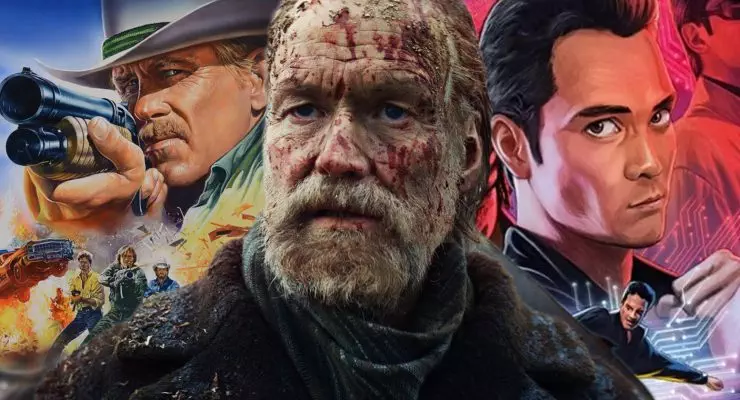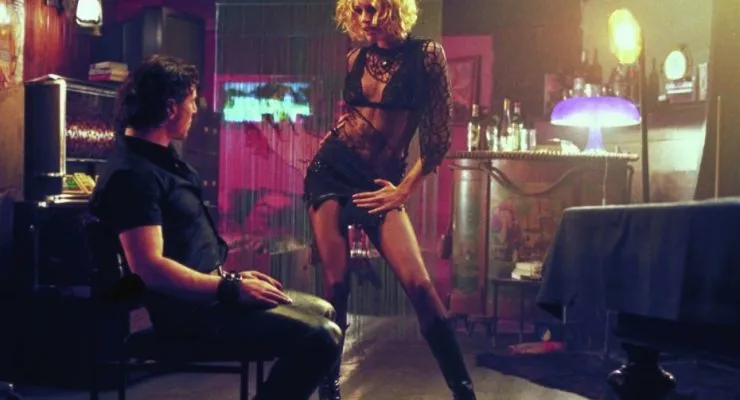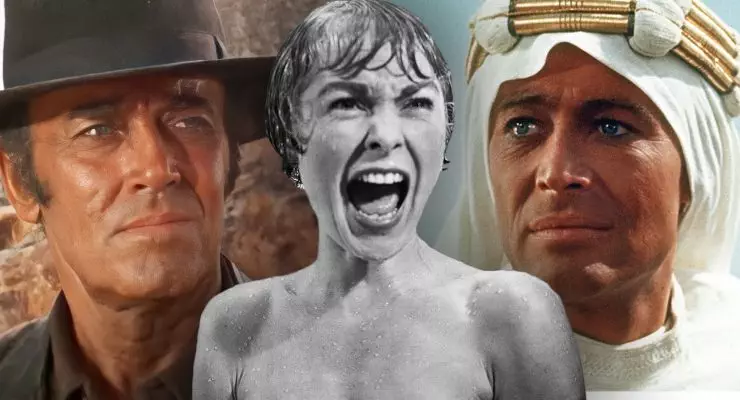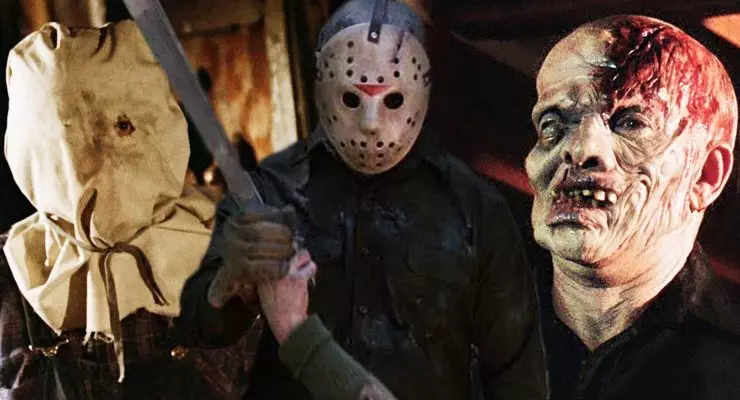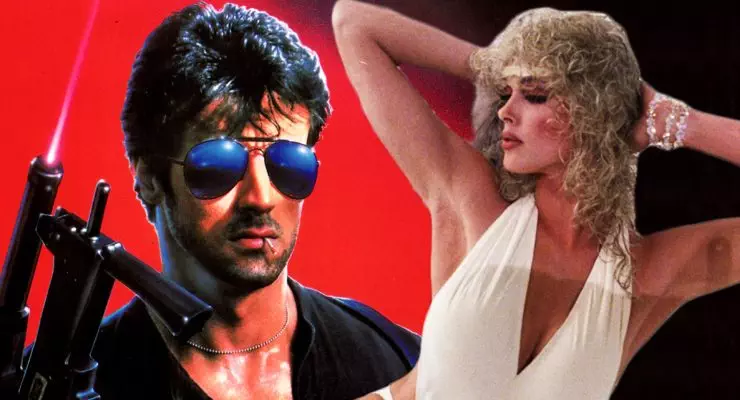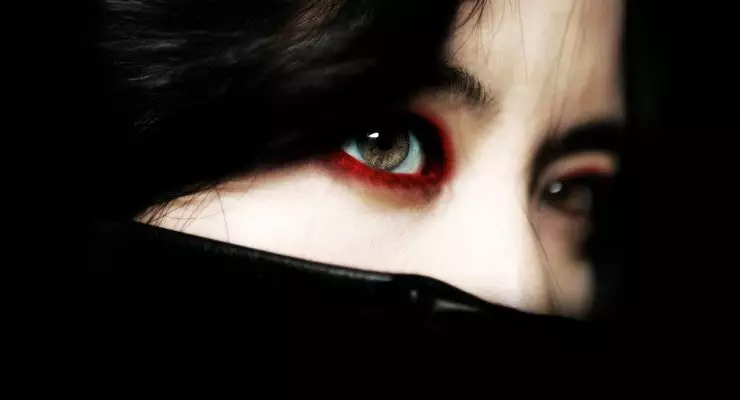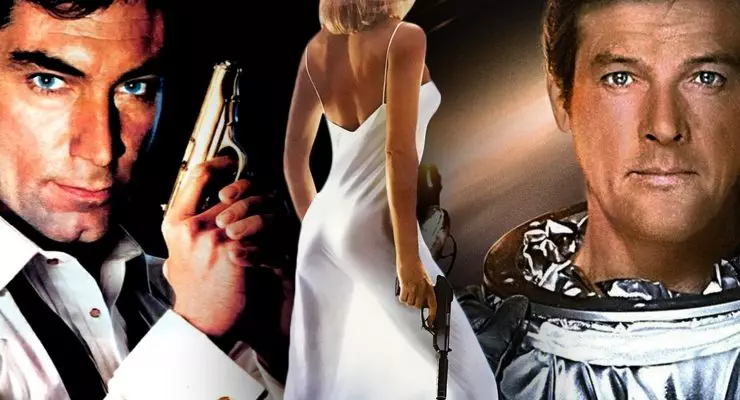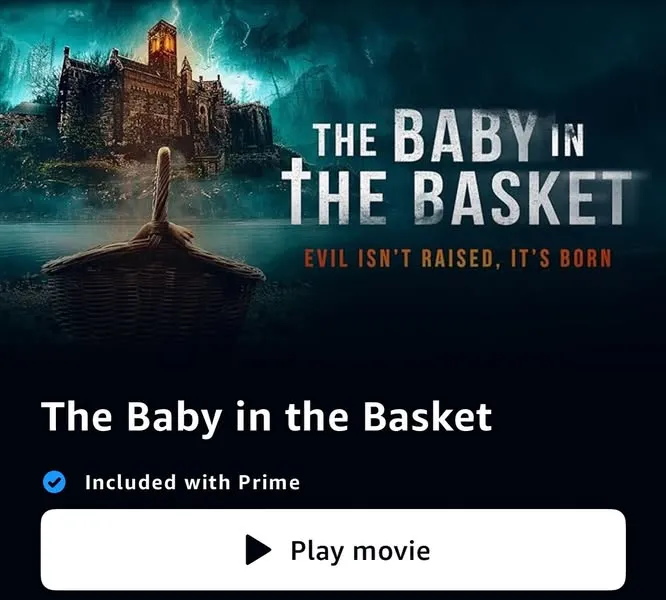Hasitha Fernando looks at the story behind Alfred Hitchcock’s Psycho as it turns 65…
Psycho is without a doubt Alfred Hitchcock’s most influential and well-known effort in spite of helming such masterful films such as Vertigo, Dial M for Murder and North by Northwest. The movie, which stirred much controversy at the time of its release, has since been reappraised and appreciated for its impact on the horror genre as well as cinema in general. As Psycho celebrates its 65th anniversary we take this opportunity to look back at what happened during the making of the film and shed some light on the behind-the-scenes drama that transpired….
The novel’s story paralleled the life of a real-life serial killer
The 1959 horror novel Psycho, penned by Robert Bloch, is considered to be one of the most influential horror novels of the 20th century. It is also Bloch’s most enduring literary work out of the thirty plus novels written by him. Being a protégé of H.P Lovecraft Bloch initially tried to emulate his mentor by crafting his own brand of cosmic horror but later branched out into writing crime and horror stories with a more grounded, psychological slant. Although Ed Gein’s gruesome killing spree took place during the same time Bloch was writing Psycho, the writer revealed that he wasn’t inspired by Ed Gein’s dastardly deeds themselves but rather the situation of a mass murderer living undetected, committing crimes in small town America. Director Alfred Hitchcock procured the rights to the novel anonymously for a sum of $9,000, when his long-time assistant Peggy Robertson showed the book to her employer.
A French psychological horror flick inspired the creation of Psycho
Sir Alfred Hitchcock is considered one of the most influential figures in the history of cinema with such efforts as Rear Window, Dial M for Murder, Vertigo, North by Northwest and The Birds. More popularly known as the “Master of Suspense” Hitchcock’s career which spanned six decades saw his movies garner 46 Academy Award nominations and six wins. Prior to helming Psycho Hitchcock was had hit a sort of career slump; fed up with directing big-budget, star-studded flicks Hitchcock sought to experiment with a sparser type of filmmaking that was similar to the work he did for the small screen. During this time period his rival, Henri-Georges Clouzot who was a French new wave director achieved critical and commercial success with Les Diaboliques. The effort was an independently financed small-scale, gritty psycho drama shot in black-and-white which quickly earned comparisons with Hitchcock’s works from film critics. Not to be outdone Hitchcock set out to set his own version of Les Diaboliques with Psycho.
Paramount Pictures gave a comparatively smaller budget for the film
Paramount Pictures, who had Hitchcock under contract to deliver another film for them, were not too keen to let Psycho happen. The studio’s official opinion of Bloch’s book was that it was “too repulsive” and therefore, they denied Hitchcock the required budget allocation to produce the film. To counter this ill-timed budgetary restriction, the filmmaker self-financed its creation through his own production company Shamley Productions and hired most of his crew from thes popular television series Alfred Hitchcock Presents including DOP John L. Russell, assistant director Hilton A. Green and set designer George Milo. In addition, Hitchcock also took a massive pay cut and deferred his standard $250,000 salary in lieu of 60% of the movie’s gross. Paramount agreed, believing that the movie would certainly tank at the box office. But when the effort became a sleeper hit Hitchcock’s personal earnings from Psycho was north of $15 million. Adjusted for inflation, that profit would be equal to over $150 million in the present day.
The movie differed from the source material in several ways
Hitchcock commissioned Joseph Steffano to write the screenplay for Psycho shortly after buying the rights to the novel. Although relatively inexperienced Steffano and Hitchcock clicked immediately and the young screenwriter was instructed to start afresh, disregarding the first draft of the screenplay written by James P. Cavanagh, a writer on Alfred Hitchcock Presents. From the get-go the Hitchcock wanted to deviate from the book without being slavishly faithful to the source material. For example, in the novel, Norman Bates was depicted as an unlikable, fat and middle-aged gentleman but Hitchcock wanted to make him young and charismatic. Steffano also removed the character’s alcoholic tendencies mentioned in the book as well as his affinity to spiritualism and the occult. In the book, Norman is also written more as its main character, whilst in Hitchcock’s adaptation he plays something of a supporting role. The novel’s narrative kicks off with Norman and Mother involved in an argument rather than following Marion as seen in the film.
Alfred Hitchcock initially didn’t want to have any music for the movie
Hitchcock was adamant that Psycho was destined to fail and was even ready to edit it down for broadcast television, but that all changed when he heard Bernard Herrmann’s score for the film. Hitchcock was so pleased by Herrmann’s effort that he doubled the composer’s salary to appropriately compensate him. The tension-filled score, crafted by Herrmann, utilized only the string section of the orchestra which was something of an unusual creative choice for thrillers at the time. But Herrmann’s unorthodox approach yielded great dividends when theatrical audiences watched the movie play out on screen. To this day, Psycho remains Bernard Herrmann’s most recognizable effort and let’s face it who can forget those unnerving violins during the famous shower scene from the movie? Truly a masterclass in movie scoring and filmmaking.
The cast & crew were sworn to never divulge that twist ending
To say Psycho has one of the most mind-fuck of endings would be an understatement of operatic proportions. The twisted ‘reveal’ of the murderer was truly one for the ages. In order to keep the ending a secret Hitchcock personally bought as many copies as possible of the novel so that no one could spoil the ending of his movie. In addition to this Hitchcock asked the cast and crew to raise their hands and swear an oath so as not to divulge one trivial detail of the story to anyone, on the first day of production. The filmmaker went a step further by withholding the ending of the story from the script from his principal cast until he needed to shoot it.
Anthony Perkins & Janet Leigh didn’t mind being stereotyped for their participation in the film
Psycho truly immortalized Anthony Perkins and Janet Leigh in a way they too never anticipated. But the two actors didn’t mind that they got stereotyped for their participation in the film, since they preferred being remembered forever in a classic such as this, than not be remembered at all. Anthony Perkins was Alfred Hitchcock’s first pick for the role of villain Norman Bates whilst Janet Leigh went full method by creating a complete backstory for Marion Crane, even going to the extent of imagining what kind of person she must have been in high school, her favorite hobbies and vice versa. The role of Marion Crane became Leigh’s only Oscar nominated performance of her career.
About that infamous shower scene in Psycho
The “Shower Scene”, which involves the murder of Leigh’s character in the shower, is one of the most pivotal and utterly unforgettable scenes from the movie, and there are many myths and legends regarding what actually happened during the making of that iconic scene. The scene in question was shot from December 17-23, 1959, after the actress postponed the shoot, first because of a cold and then because of her period. Leigh was available to shoot most of the scenes in the shower sequence but used a body-double for certain shots that were filmed. A stand-in was also used during the sequence where Norman Bates wraps Marion’s body in a shower curtain and loads it in the trunk of her car. Another popular myth that has since gained traction was that Hitchcock used ice water to illicit a realistic scream but Leigh debunked this notion on numerous occasions. But shooting the sequence and seeing it on film later on certainly left an indelible impression on Leigh, so much so that until the end of her life she only took baths and avoided taking showers.
Hitchcock thought that the movie would be too gory in color
Being a somewhat violent film at the time it was being released, Alfred Hitchcock opted to shoot Psycho in black-and-white since he thought that the effort would be too gory if presented in color. But the main reason the filmmaker shot the movie in black-and-white was due to the budgetary constraints set forth by the studio. He also hypothesized that if so many bad, relatively inexpensive black-and-white “B” movies did well at the box-office, what would happen if a well-made film, featuring an engrossing story and compelling performances would fair at the box-office. Hitchcock’s plan certainly worked because Psycho ended up being the highest grossing film of his six-decade career.
The flick inadvertently formalized seating times in movie theatres
Prior to Psycho, movie theatres would play film shows on rotation all day long. Viewers would show up in the middle of a movie and stay till the middle of the next show, only leaving when other audiences come in. But Hitchcock made theater owners sign a contract that wouldn’t let anyone in until the commencement of a film and once they were late they would not be let in until the next show. This process eventually got formalized and mandatory seating times at theatres became implemented which is something that continues to this day.
The film portrayed the first flushing toilet in cinema history
Due to an FCC ruling it was forbidden to have any reference to toilets in both film and television mediums. However, screenwriter Joseph Stefano was absolutely adamant about portraying a toilet on-screen and having it flush. So, Stefano devised a way in which the flushing act itself was integral to the scene and therefore not removable. Therefore, Psycho ended up being the first movie to ever show a toilet flush onscreen.
The Bates house took inspiration from an Edward Hopper painting
The isolated country residence of the Bates family took inspiration from the Victorian-style mansion featured in the Edward Hopper painting “House by the Railroad”. The 1925 oil-on-canvas painting in turn was based on an actual Victorian house by a railroad track in Haverstraw, New York built in 1885. The solitary mansion is privately owned and still continues to endure, becoming an unintended legacy of the iconic film.
Box office success, mixed reviews, awards glory & an enduring legacy
On a budget of $806,947 Psycho went on to make a whopping $50 million at the worldwide box-office. It went on to become the second highest grossing film of 1960 behind Spartacus. Hitchcock personally ended up making in excess of $15 million with the deal he made with Paramount Pictures and later he swapped his rights to Psycho and his TV anthology for 150,000 shares at the MCA making him the third largest shareholder at MCA Inc. and his own boss at Universal Studios, which later resulted in less studio interference for his projects.
Upon release, Psycho’s initial reviews were very mixed with most criticizing the film’s violence and shocking subject matter. Despite this the effort made a splash come awards season nabbing four Academy Awards nomination including a Best Supporting Actress nomination for Janet Leigh. Although Leigh didn’t walk away with an Oscar the talented actress did end up winning the Golden Globe Award in the same category.
Decades following its release, critics and audiences alike have reappraised the importance of the movie in the context of depicting mental health issues in cinema as well as its impact on the “slasher” sub-genre of horror. Regardless it is abundantly clear that Psycho, although controversial at the time of its release, has gone on to become the most famous and influential of Alfred Hitchcock’s works to grace the cinematic medium and that’s certainly saying something.
What are your thoughts on Psycho? Let us know on our socials @FlickeringMyth…
Hasitha Fernando is a part-time medical practitioner and full-time cinephile. Follow him on Twitter via @DoctorCinephile for regular updates on the world of entertainment.
